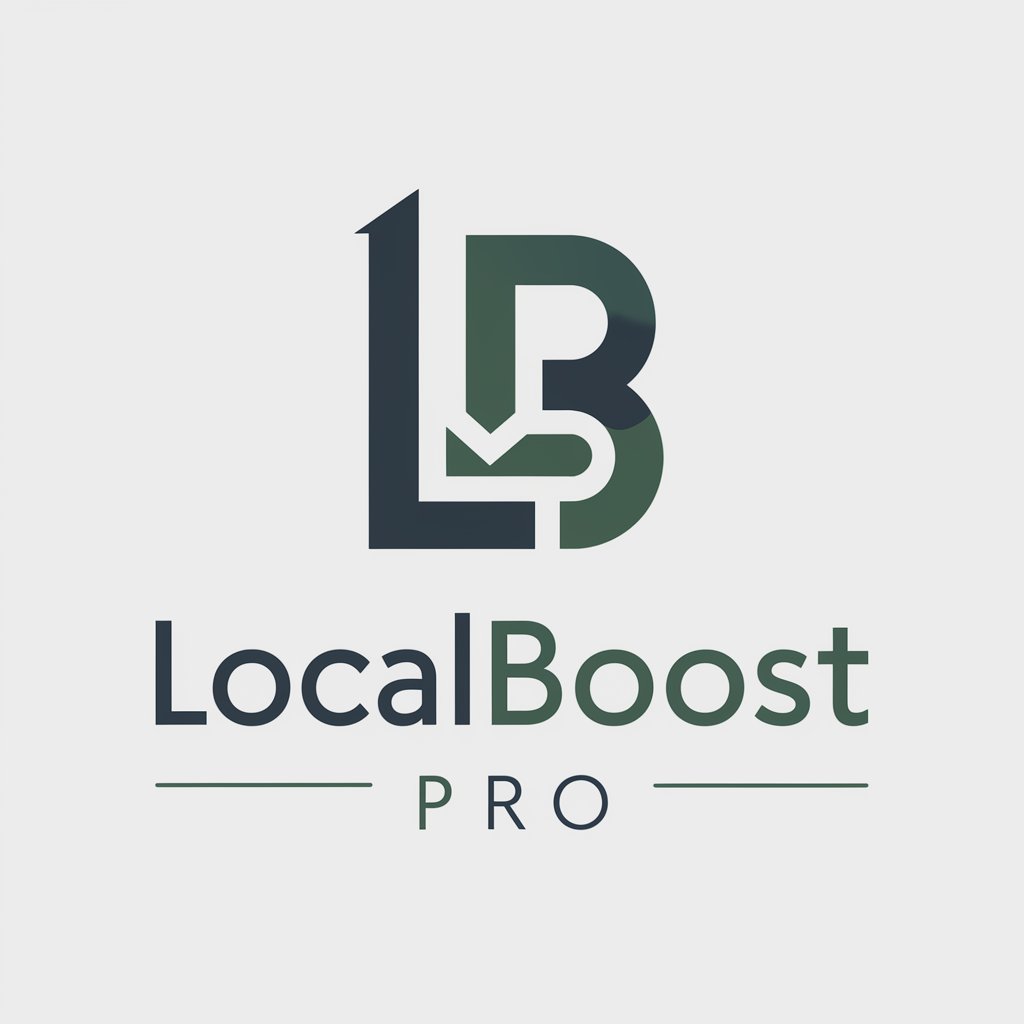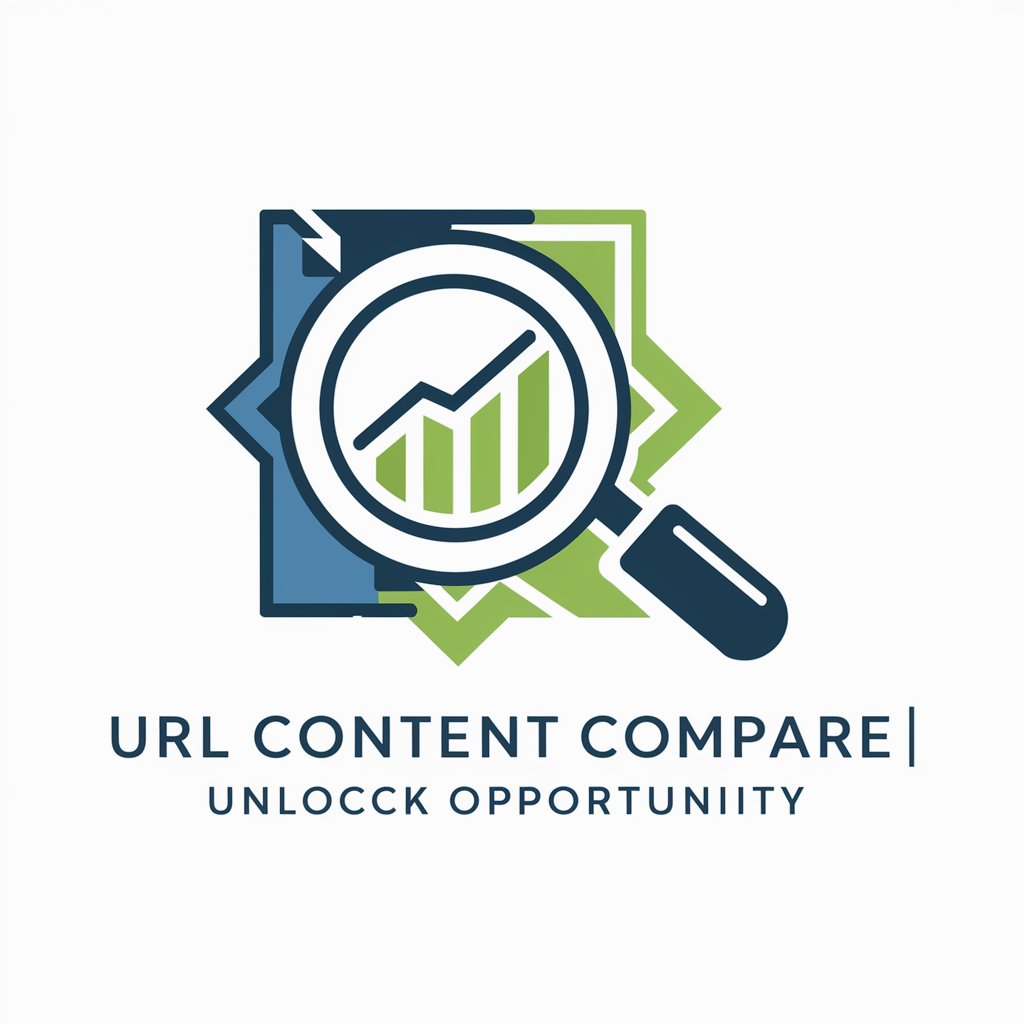K - Data-Driven Insights Tool

Hi, I'm your Data Summarizer. Ready to distill key insights from your datasets. How can I assist?
Empowering Decisions with AI-Powered Analysis
Summarize key findings from this medical dataset.
Provide an overview of market trends from this data.
Generate a visual summary of this dataset.
Create a report from these data findings.
Get Embed Code
Introduction to K: Data Summarizer
K is a specialized AI model designed to streamline the process of extracting and summarizing key information from extensive datasets across various domains, such as healthcare, finance, environmental studies, and more. Its primary goal is to facilitate rapid knowledge discovery and support decision-making processes by providing concise, user-friendly summaries of complex data. For instance, in medical research, K can swiftly analyze clinical trial data to highlight essential findings, trends, and statistical outcomes. Similarly, in market analysis, it can digest vast amounts of market data to identify patterns, consumer behaviors, and potential investment opportunities. K's design focuses on accuracy, precision, and adaptability, ensuring that the summaries and insights are not only comprehensive but also directly applicable to users' specific needs. Powered by ChatGPT-4o。

Main Functions of K
Automated Data Summarization
Example
Summarizing results from a dataset of climate change studies to outline key trends, predictions, and uncertainties.
Scenario
Environmental scientists can use K to quickly understand the consensus and areas of debate within the latest research on climate change, aiding in policy development and public communication.
Trend Analysis and Pattern Identification
Example
Identifying emerging trends in consumer behavior from social media data and online shopping patterns.
Scenario
Marketing analysts can leverage K to pinpoint evolving consumer preferences and adapt their strategies to capture market share and anticipate future demands.
Statistical Analysis and Reporting
Example
Evaluating the efficacy of new pharmaceuticals by analyzing clinical trial data for statistically significant outcomes.
Scenario
Pharmaceutical companies can use K to rapidly assess trial results, facilitating quicker decisions on drug development and regulatory submissions.
Visualization and Reporting
Example
Generating visual reports from sales data to present performance metrics, growth patterns, and areas requiring attention.
Scenario
Business executives can utilize K to receive digestible reports on sales performance, enabling informed strategic planning and resource allocation.
Ideal Users of K Services
Research Scientists
Individuals engaged in scientific research who require swift, accurate summaries of extensive datasets to validate hypotheses, understand research landscapes, and identify gaps in knowledge.
Market Analysts
Professionals analyzing market trends, consumer behavior, and competitive landscapes to inform business strategies, product development, and marketing campaigns.
Healthcare Professionals
Medical practitioners and healthcare administrators who need to stay abreast of the latest clinical trials, treatment outcomes, and healthcare policies to provide evidence-based care.
Policy Makers and Environmentalists
Individuals and organizations involved in policy formulation and environmental conservation efforts who rely on accurate, up-to-date summaries of research findings to make informed decisions.

How to Use K
Begin with YesChat.ai
Visit yeschat.ai to start using K for free without needing to sign up or subscribe to ChatGPT Plus.
Identify Your Needs
Determine the specific dataset or information you need to analyze or summarize to ensure K is directed towards the relevant task.
Prepare Your Data
Ensure your data is organized and accessible. This might involve consolidating data files or preparing queries that can be processed by K.
Interact with K
Use natural language to ask specific questions or request data analyses. Be as clear and detailed as possible to get the most accurate responses.
Review and Refine
Evaluate the insights provided by K. You may need to refine your queries based on the initial output to get more precise information or insights.
Try other advanced and practical GPTs
HALO1 - DIVINE MASCULINE AI COMPANION
Empowering Masculine Energy with AI

Singapore Weather GPT 1.0
Bringing Weather to Life with AI

LocalBoost Pro
Elevate Your Local Search Presence

ワインアドバイザー
AI-Powered Personal Wine Recommendations

Gratitude Journal
Cultivate gratitude, enrich life with AI

Boligtjekker 🏠 | SimFonX
Navigating Property Risks with AI

Economistic
Empowering Economic Understanding with AI

Pregnancy Nutrition Guide
Empowering Nutritional Decisions During Pregnancy

Eldranore
Craft Worlds with AI Magic

Senior Companion
Empowering seniors with AI-powered assistance

Marc Dupont : Directeur Technique (CTO)
Unlocking digital innovation with AI insights

URL Content Compare
Enhance Content with AI-Powered Insights

Frequently Asked Questions about K
What data formats can K analyze?
K is capable of processing various data formats, including structured data like CSV, Excel, and database outputs, as well as unstructured data such as text documents and web pages.
Can K help with predictive analytics?
Yes, K can assist in predictive analytics by analyzing historical data to forecast future trends, behaviors, and outcomes within the limitations of the provided data.
How does K handle data privacy?
K prioritizes data privacy by not storing personal data beyond the duration of the session. Users are encouraged to anonymize their datasets to enhance privacy.
Is K suitable for academic research?
Absolutely. K can streamline academic research by summarizing large volumes of literature, analyzing data sets, and identifying patterns or correlations in research data.
Can K generate reports?
Yes, K can compile and generate comprehensive reports based on analyzed data, including visual representations like graphs and charts for clearer understanding.
